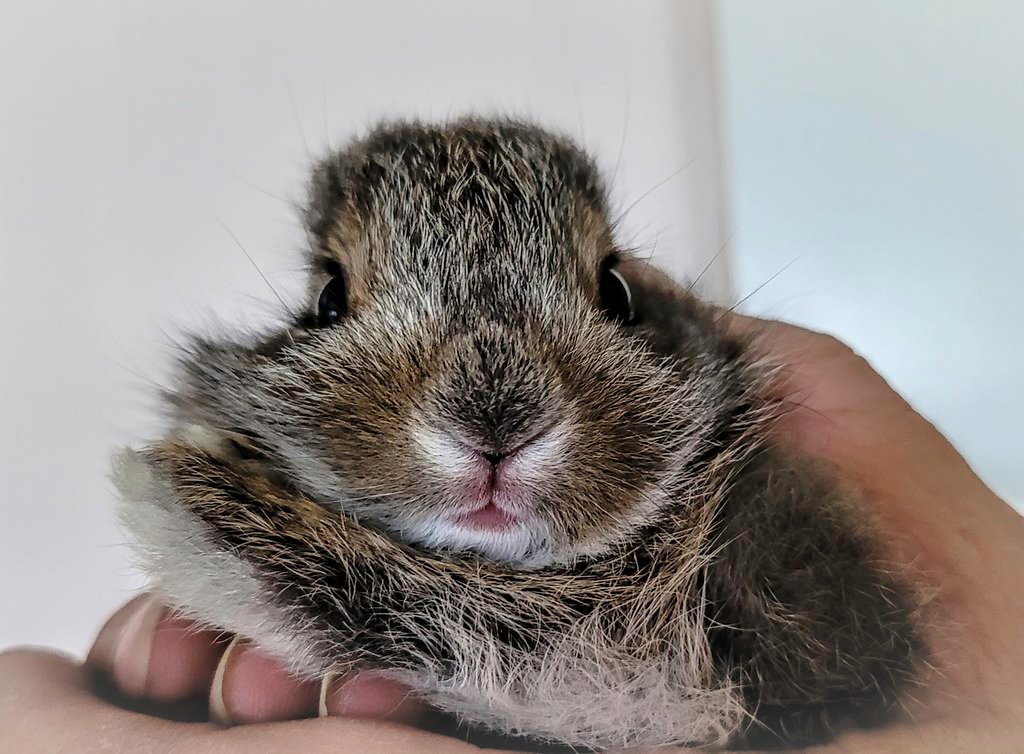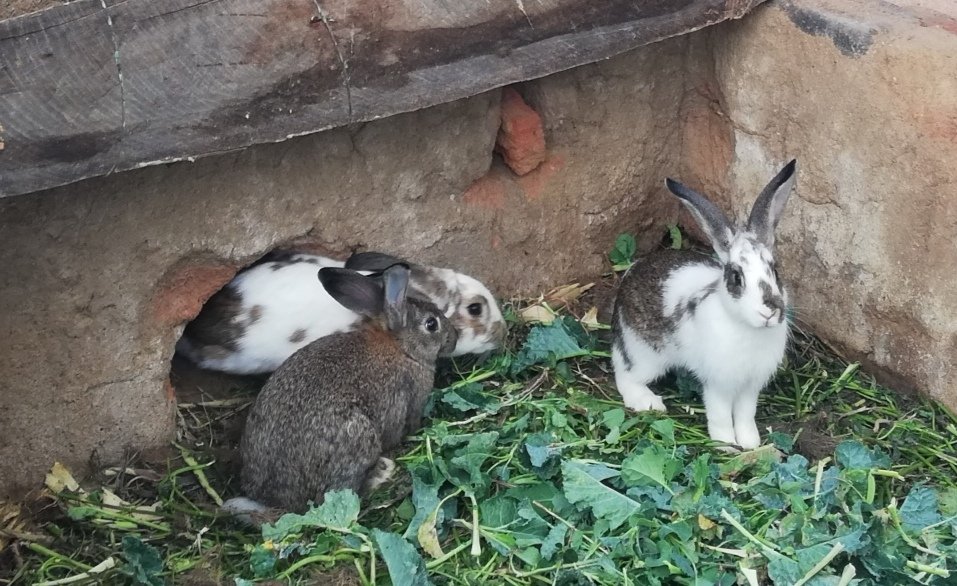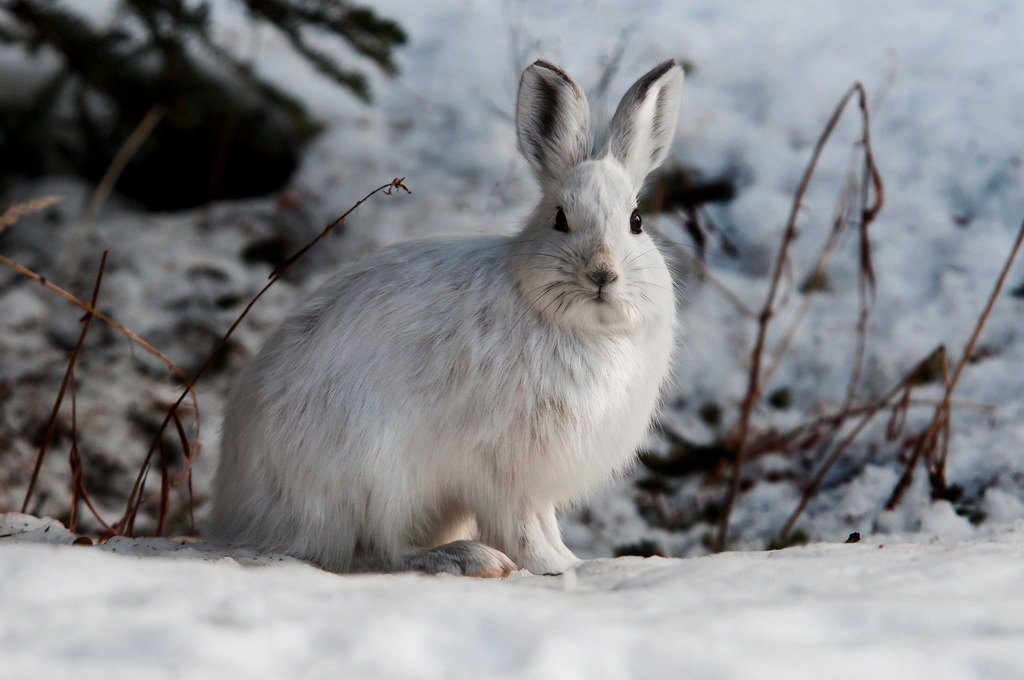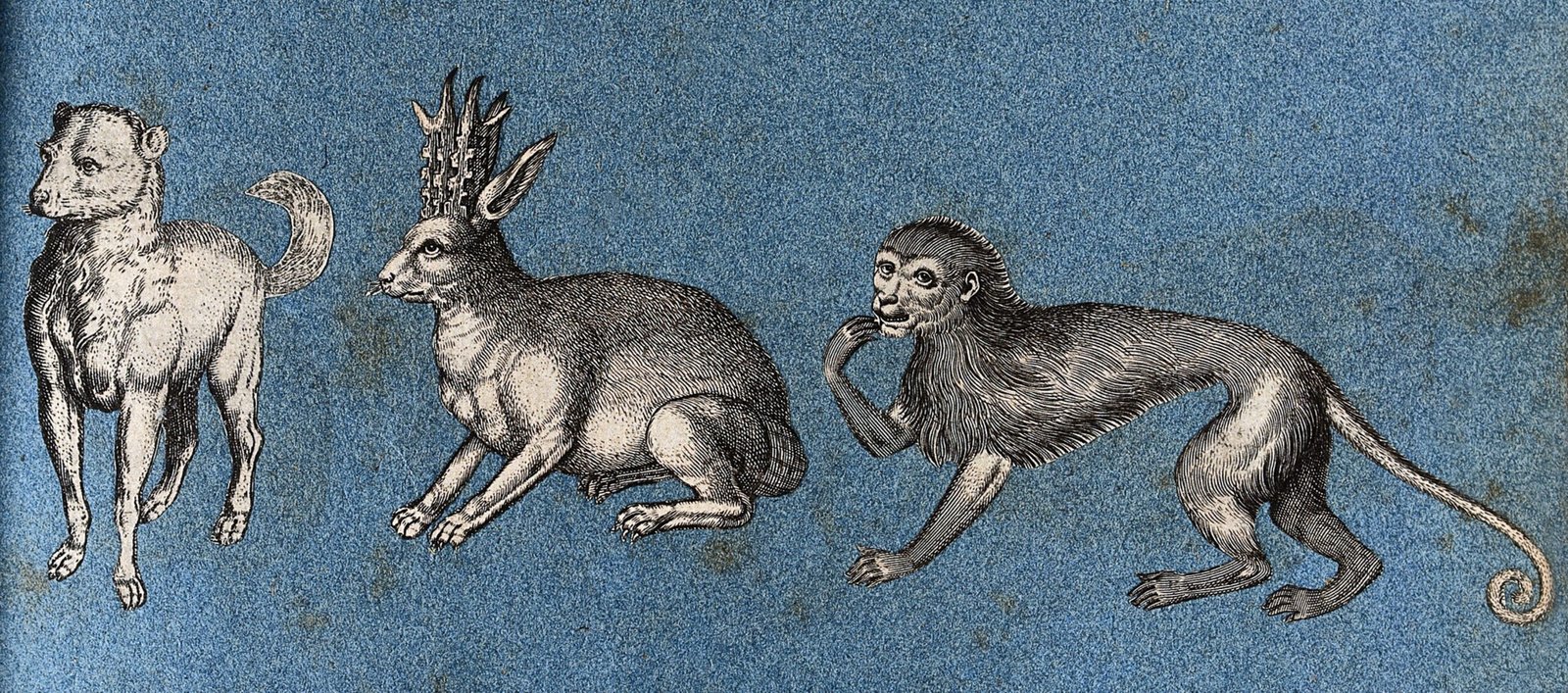Imagine walking through a sunlit meadow and catching a glimpse of a small, furry creature darting through the grass. Was it a rabbit or a hare? For centuries, people have confused these two animals, assuming they’re just different names for the same adorable critter. But the truth is far more fascinating. Rabbits and hares are not only separate species—they live entirely different lives, shaped by amazing adaptations and evolutionary quirks. What if everything you thought you knew about these fluffy mammals was turned upside down?
Origins: Two Branches on the Family Tree
Both rabbits and hares belong to the family Leporidae, but they split into different genera long ago. Rabbits, including the familiar cottontail and domestic breeds, belong to the genus Oryctolagus or Sylvilagus, while hares, like the European brown hare and the snowshoe hare, are classified under the genus Lepus. This separation happened millions of years ago, making them distant cousins rather than siblings. Their DNA reveals significant genetic differences, with each group having unique adaptations for survival. It’s almost like comparing wolves and foxes—related, but clearly distinct. This ancient split is why their behaviors, bodies, and life cycles are so surprisingly different.
Physical Appearance: Not Just Ears and Fur
At first glance, rabbits and hares might look almost identical, especially to an untrained eye. But look a little closer, and the differences become striking. Hares are generally larger, with longer legs and much bigger, black-tipped ears. Their bodies are built for speed—lean, strong, and ready to bolt at a moment’s notice. Rabbits, on the other hand, are more compact and round, with shorter ears and legs. Their softer, denser fur gives them a cuddly appearance, but it also serves as excellent camouflage in burrows and undergrowth. These physical distinctions are not just for show; they are tools honed by evolution to fit very different lifestyles.
Birth and Early Life: Born to Run or Born to Hide?

Perhaps the most dramatic difference between rabbits and hares is how they come into the world. Rabbits are born helpless—blind, hairless, and utterly dependent on their mothers. They’re nestled deep in underground burrows, where they remain hidden from predators for several weeks. Hares, in contrast, are born fully furred, with open eyes, and are ready to hop around within hours. Their mothers leave them in shallow nests called “forms” above ground, relying on their ability to freeze and blend into their surroundings for safety. This difference in early life strategy means hares can escape danger almost immediately, while rabbits depend on secrecy and maternal care.
Habitats: Underground Architects vs. Open Field Sprinters

Rabbits are master builders, constructing elaborate tunnels and warrens beneath the earth. These homes protect them from weather and provide a safe space to raise their young. You’ll often find rabbits in forests, grasslands, and even suburban gardens—anywhere they can dig and hide. Hares, by contrast, avoid burrows entirely. They prefer open fields, meadows, and prairies, where their speed and agility are their main defenses. Instead of hiding underground, hares rely on their keen senses and powerful legs to outrun threats. Their choice of home shapes every aspect of their lives, from feeding habits to social structure.
Behavior: Social Butterflies or Lone Rangers?
Rabbits are social creatures, often living in groups called colonies or “herds.” Their burrow systems become bustling communities where individuals groom each other, share food, and raise their young together. This social lifestyle helps them spot danger and keep each other safe. Hares, on the other hand, are solitary by nature. Except during mating season, they prefer to live and forage alone. Their solitary habits mean they rely more on their own sharp instincts and speed to survive. These contrasting social structures reflect their different environments and lifestyles, painting a vivid picture of how two similar-looking animals can live such separate lives.
Diet: Subtle Differences in Taste
Both rabbits and hares are herbivores, but their preferred menus can differ. Rabbits tend to eat softer vegetation like grasses, clover, and leafy weeds, which are abundant near their burrows. Their digestive systems are adapted to process these tender plants efficiently. Hares, living in more exposed and sometimes harsher environments, often munch on tougher vegetation—bark, twigs, and buds—especially in winter when green plants are scarce. This dietary flexibility helps hares survive in places where food is harder to come by. These feeding habits are another example of how their bodies and behaviors have evolved to fit their unique niches.
Predator Evasion: Freeze or Flee?
When danger approaches, rabbits and hares react in dramatically different ways. Rabbits usually freeze and rely on their camouflage to avoid detection. If a predator gets too close, they dash for the nearest burrow, zigzagging to confuse their pursuer. Hares, without the safety of a burrow, rely on their incredible speed and endurance. They can leap up to ten feet in a single bound and run as fast as 45 miles per hour, making them some of the swiftest animals in their habitats. This stark difference in escape strategy is a direct result of their living environments and physical adaptations.
Reproduction: Fast and Furious or Steady and Secure?
Reproductive strategies also set these animals apart. Rabbits breed prolifically, with females capable of producing multiple litters each year—sometimes up to nine! Their rapid reproduction is a survival tactic, compensating for high predation rates. Hares, despite their ability to birth more developed young, typically have fewer litters per year. Their young, called leverets, are born ready to survive almost immediately, reducing the need for constant parental care. This difference in reproductive approach reflects each animal’s ecological pressures and helps maintain healthy populations in the wild.
Seasonal Changes: Masters of Disguise

Hares, especially those in northern climates, undergo incredible seasonal transformations. The snowshoe hare, for instance, changes its fur color from brown in summer to pure white in winter, blending perfectly with the snowy landscape. This chameleon-like ability helps them avoid predators when the world is blanketed in snow. Rabbits rarely show such dramatic changes, though some species may grow thicker coats in winter. These adaptations underscore how hares have evolved to survive in open and often harsh environments, while rabbits remain snug and hidden underground.
Domestication: One’s a Pet, the Other’s a Wild Spirit
Rabbits have been domesticated for centuries, kept as pets, show animals, and even livestock. Today, there are dozens of rabbit breeds, ranging from the tiny Netherland Dwarf to the gigantic Flemish Giant. Their gentle nature and adaptability make them ideal companions. Hares, on the other hand, have never been truly domesticated. Their solitary, high-strung temperament and need for wide open spaces make them unsuitable for life in captivity. This difference means you’re far more likely to cuddle a rabbit than a hare, highlighting just how divergent their paths have been alongside humans.
Legends and Lore: Creatures of Myth and Mystery

Across cultures, both rabbits and hares have inspired stories, myths, and symbols. The hare is often seen as a symbol of speed and cleverness, appearing in tales from Native American legends to ancient Greek mythology. The rabbit, meanwhile, is associated with fertility, luck, and the cycles of the moon. In some Asian cultures, the “moon rabbit” is said to live on the moon, pounding the elixir of life. These animals have captured human imagination for thousands of years, their differences often blurred in the stories we tell. Yet, understanding what sets them apart only deepens their mysterious allure.
Key Takeaways: More Than Meets the Eye
Despite their similar looks, rabbits and hares are worlds apart in almost every way that matters. From their family trees to their habitats, behaviors, and roles in our lives, these species showcase nature’s creativity and resilience. The next time you spot a whiskered face in the wild, remember: you’re witnessing one of evolution’s most intriguing acts of divergence. Isn’t it amazing how two creatures can look alike and yet be so completely unique?




